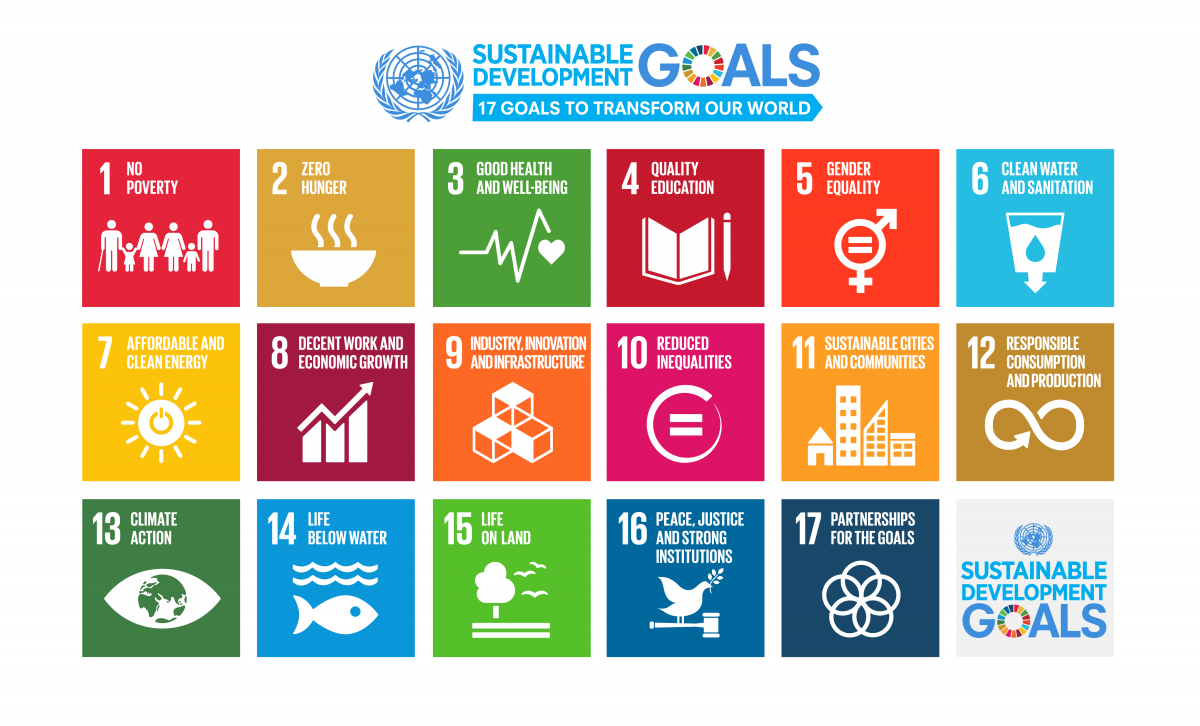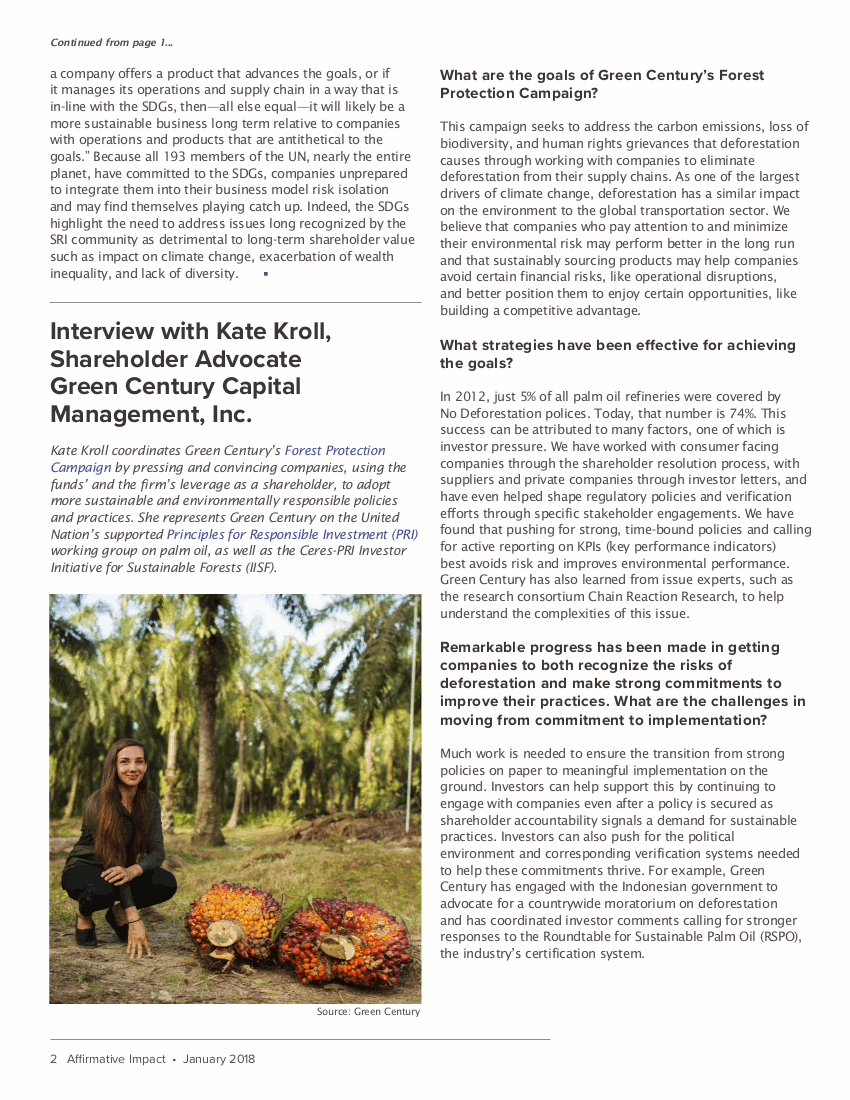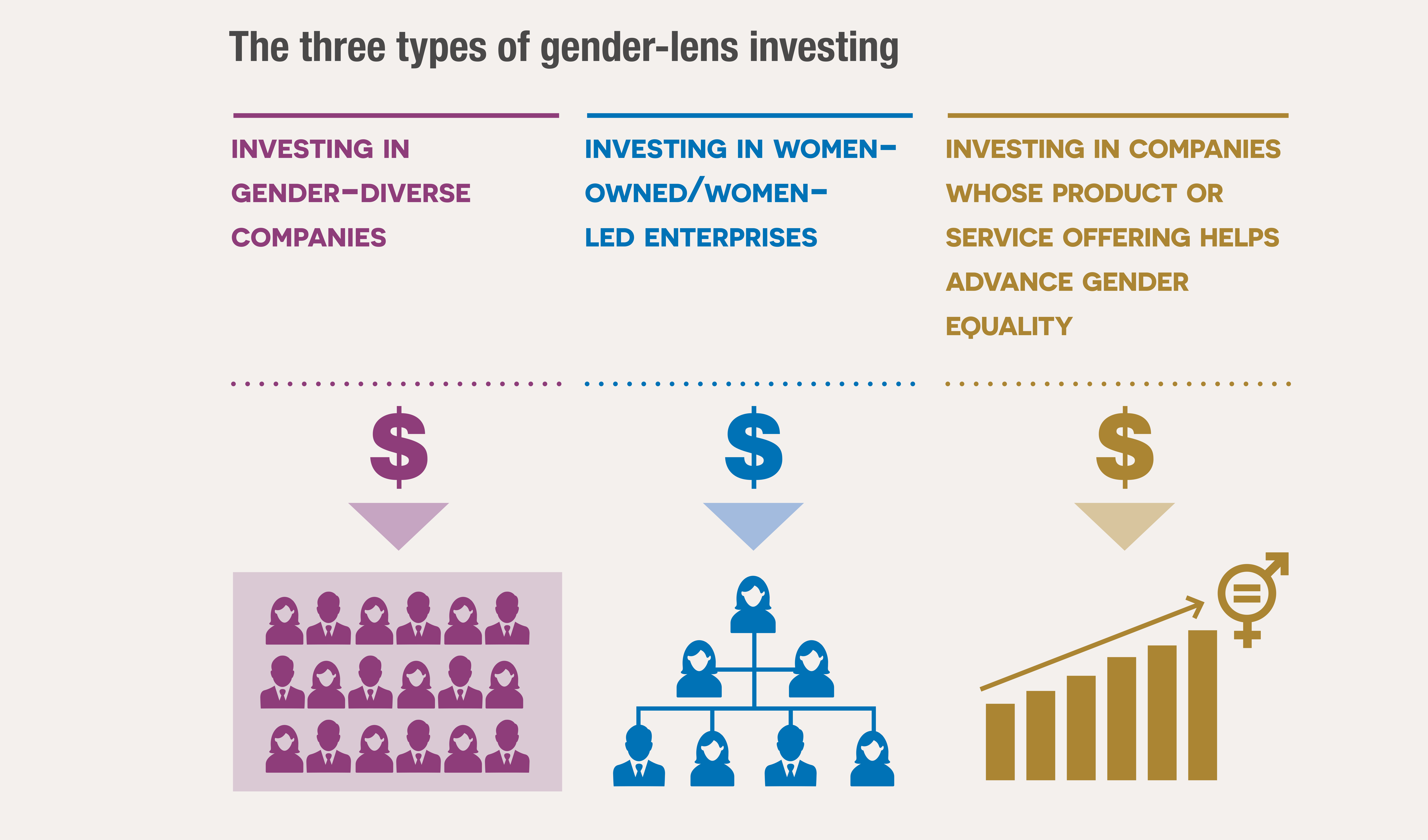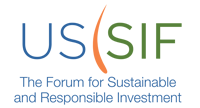Our approach to Investing
Overlaying your values on your investments
All investing begins with a discussion of risk and the goals you are trying to achieve. As Fiduciaries, we look to your future and the future of your beneficiaries, thinking about your goals, both short term and long term. Future generations depend on the decisions we make today, both from a financial standpoint, and looking at the world and the legacy we leave behind. We believe in knowing what we own, and mindfully designing the impact of our portfolios by looking ‘under the hood’ of our investments, at the way the companies we own are run, and directing our investments in an attempt to meet our financial goals while also creating change in the world. How we do this is up to us, together. Here’s where we start.
Investment Strategy
The Sustainable Development Goals represent the Crises facing the world over the next 30 years. As investors, we see Crisis and Opportunity as two sides of the same coin, so we use the SDGs to guide our investment process when deciding which companies to include in our portfolios.
What are the Sustainable Development Goals?
In September 2015, the global community committed to adopt a set of goals – the SDGs – to end poverty, protect the planet and ensure prosperity for all as part of a new sustainable development agenda. Each goal has specific targets to be achieved over the next 15 years.
The UN Commission on Trade and Development (UNCTAD) has estimated that meeting these targets will require US$5-7 trillion in investment each year from 2015-2030. But the UN and member countries cannot deliver on the SDGs alone; only an estimated US$1 trillion annually will come from public funds, leaving a gap of US$6 trillion annually for private capital to fill.
The Investment Case for the SDGs
Achieving the SDGs is at the core of the responsible investment agenda over the next ten years. The investment case for doing so is clear:
- investors who integrate the SDGs in their investment strategies will potentially retain competitive advantage;
- value could be at risk if the SDGs aren’t achieved;
- risks associated with the SDGs can be financially material;
- achieving the SDGs will be a key driver of global GDP growth over the next 15 years;
- aligning investments with the SDGs could result in improved risk-return profile of investee businesses;
- aligning investments with the broader objectives of society is ultimately in the interest of beneficiaries, clients and future generations – and is something that consumers are increasingly demanding.
Aligning Responsible Investment with the SDGs
The Principles for Responsible Investment Mission calls on signatories (like us) to play a role in creating a sustainable global financial system which will “reward long-term, responsible investment and benefit the environment and society as a whole.” The preamble to the six Principles recognises that applying the Principles in investment decisions not only supports long-term value creation but may also better align investors with the broader objectives of society – in other words, the SDGs.
Many investors believe that investments in companies will only be profitable over the long term if the global financial system and societies grow in a sustainable and equitable way. And while responsible investment has typically focused on how ESG factors affect the risk-return profile of investment portfolios, it has tended to overlook how it supports the broader objectives of society.
As such, the SDG agenda requires signatories to move from a mere process-based approach of material ESG integration towards an outcomes-based approach that, while aiming to achieve market-rate return on investment, explicitly aims to contribute to the sustainability challenges put forward by the SDGs.
The PRI’s 1,700 signatories represent around one third of global private capital. To meet the SDG challenge, they would have to invest US$2 trillion annually in companies and other investments that directly link to positive SDG outcomes. By 2030, the deadline proposed by the UN, that should amount to cumulative 25% of assets under management having a direct positive contribution to the SDGs. These new flows of private sector capital will be crucial to meeting the global challenges put forward by the SDGs.

